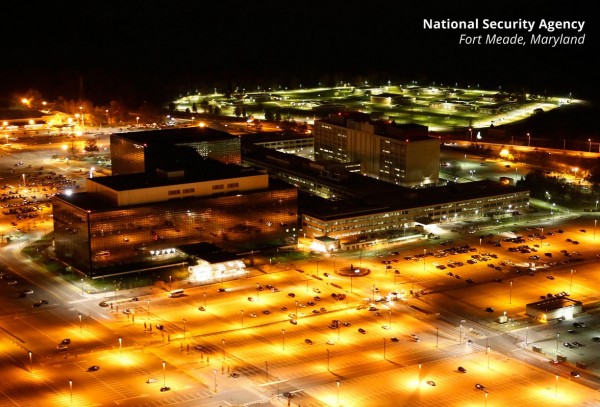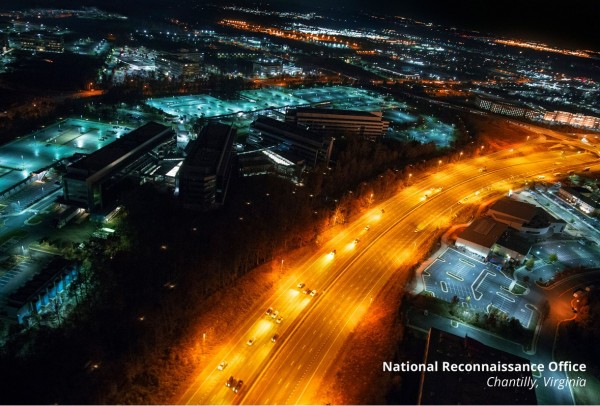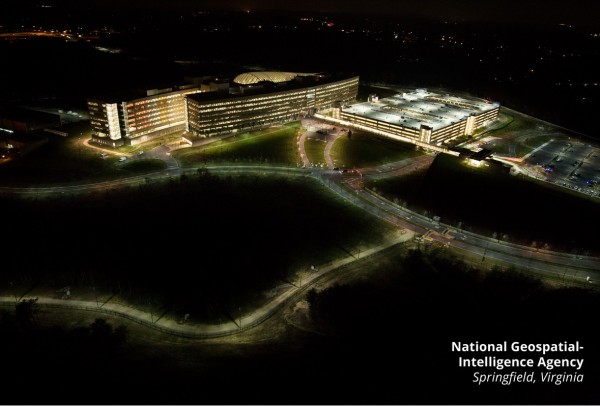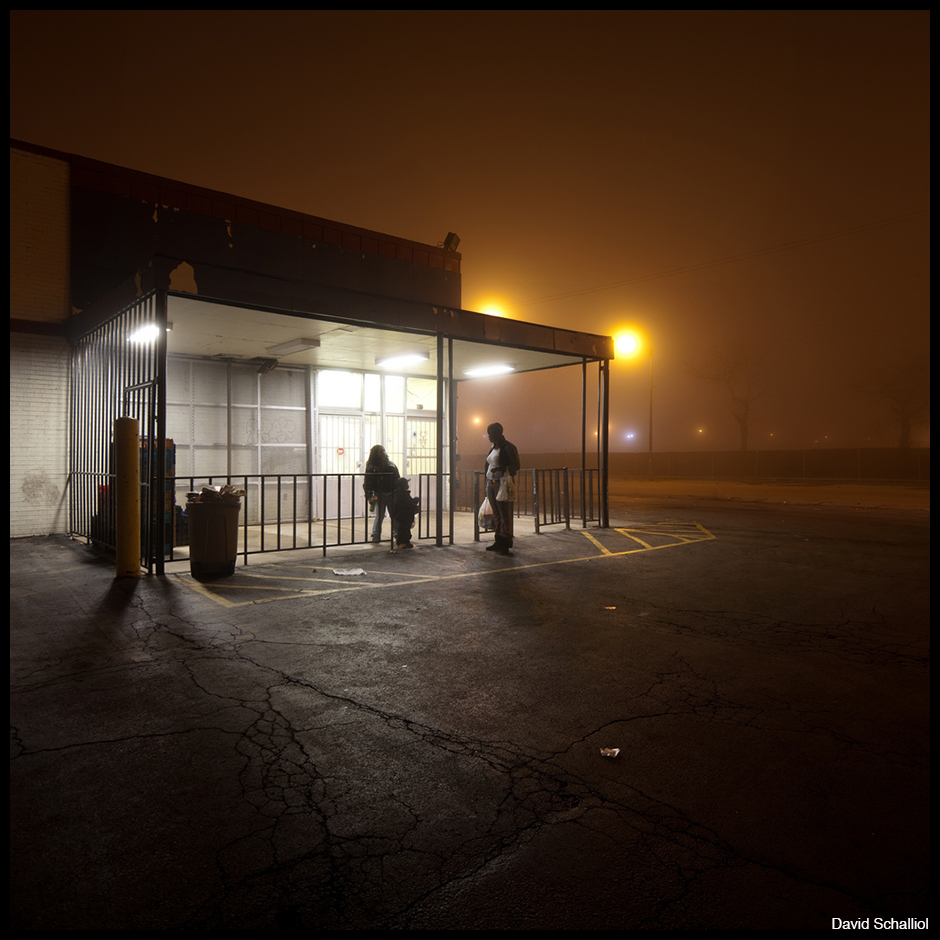Notes
Looking at Trevor Paglen's NSA Photos for the Greenwald/Intercept Launch
“…photographs are ‘useless as evidence, for the most part, but at the same time, they’re a way of organizing your attention’.”
from “Prying Eyes: Trevor Paglen makes art out of government secrets” (The New Yorker, Oct 22, 2012)
The big Internet news this week was the launch of Glenn Greenwald’s investigative website, The Intercept, the sight kicking off with a post featuring Trevor Paglen’s images of national security buildings. Understandably, this set off quite a buzz on the internets. The question, though, is what Paglen’s photos really show and what is it they had to offer day one?
If you’ve familiar with his vast and fascinating body of work, Paglen has been photographing military and national security installations for years. It’s not that the pictures have investigative value (or have resulted in any more governmental transparency), however. As Paglen himself says about the imagery in his video embedded in the post (this transcription may be a few words off here or there):
The images are helpful for people to wrap their heads around what these institutions are. To just point to them and acknowledge that they are there. That they exist and they are doing work. Beyond that, I hope they can contribute to a wider cultural vocabulary. To think about these institutions and what it is they do. To think about the effect that they have on the society around them.
The point is that there’s a fundamental social, political and, perhaps, most importantly, a psychological value to making these sites more visible and recognizable than they are. Driving this home, the New Yorker’s Paglen profile states that his photos, lacking in informational detail and sometimes illegible, serve as “a metaphor for the difficulty of uncovering the truth in an era when so much government activity is covert.”
Taken from the air, the photos frame these edifices like pulsing brains, the buildings and parking lots clearly situated in a larger landscape. If the sumptuous colors say “rich,” even sexy (as overfunded as beaming with hubris); the unbroken stretches of light say “technology”… or “always on; the darkness referencing … darkness,” I’d say it’s no accident. But then, serving as an opening act for what many are hoping will be a more stable version of WikiLeaks, the question is whether people were expecting the images to do more.
If the photos are too literal, too glossy, “not illegible enough,” its probably because they are ultimately assignment photos, the artist-scientist tasked with designing the stage curtain for this much anticipated unveiling. Though I, too, find them a little stock, what seems to characterize the images are monitoring allusions. I’m thinking thermal imaging, energy mapping, night vision — revealing these mystery organs plugged in to our major arteries.
Given Paglen’s gifts and his reputation, coupled with the excitement and sky high expectations of this new venture (along with the fact that the photos were presented editorially), people were likely expecting the sublime. Rather, what Paglen seems to have delivered, in illuminating these security temples, was a more basic metaphor to brand the new venture. Speaking for Intercept, the message to the security establishment — more consistent with an ad campaign than an exercise in perception — seemed to be: you’re so evident and emitting and we’re tapping in.
(photos: Trevor Paglen/The Intercept)





Reactions
Comments Powered by Disqus